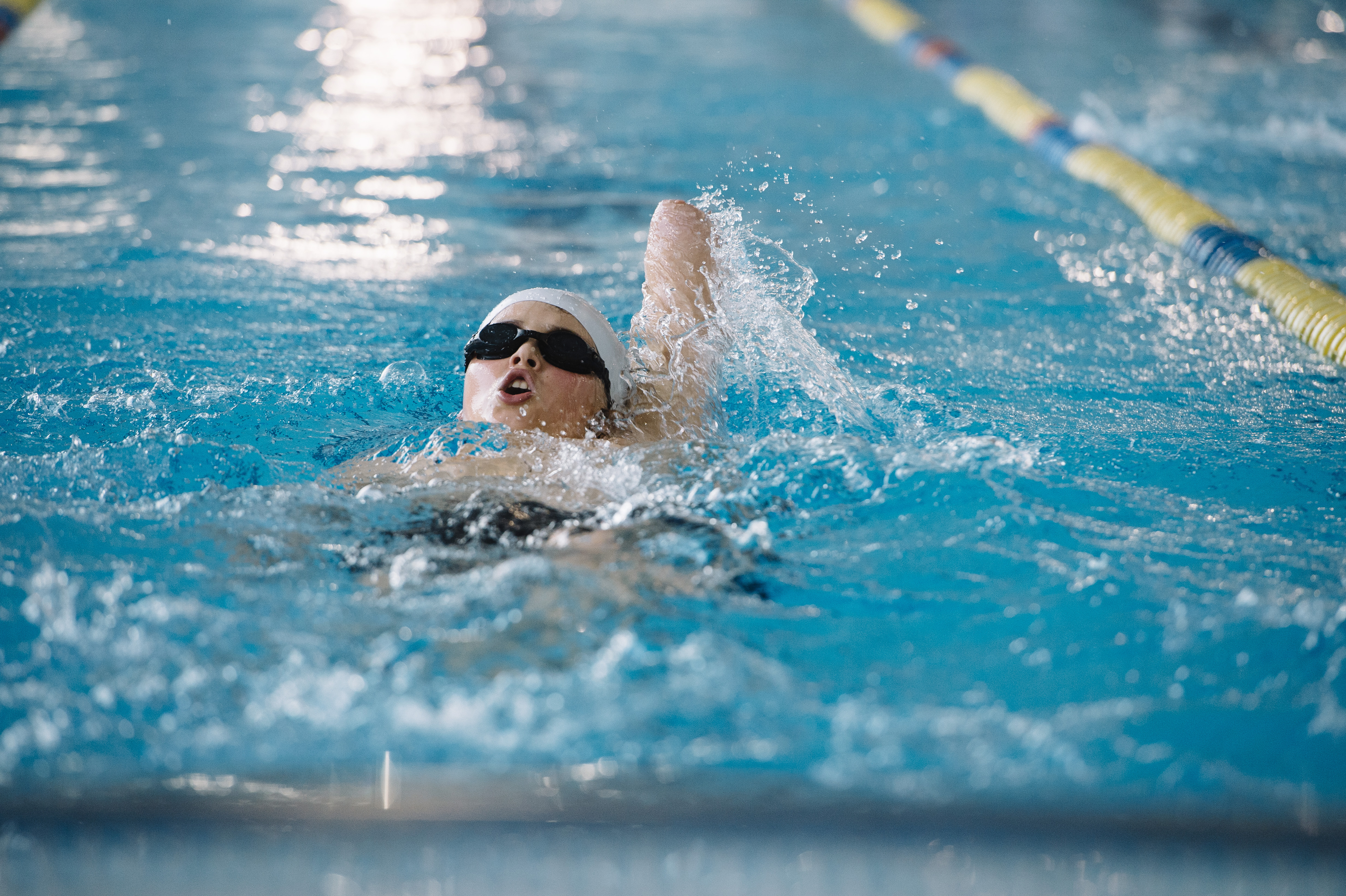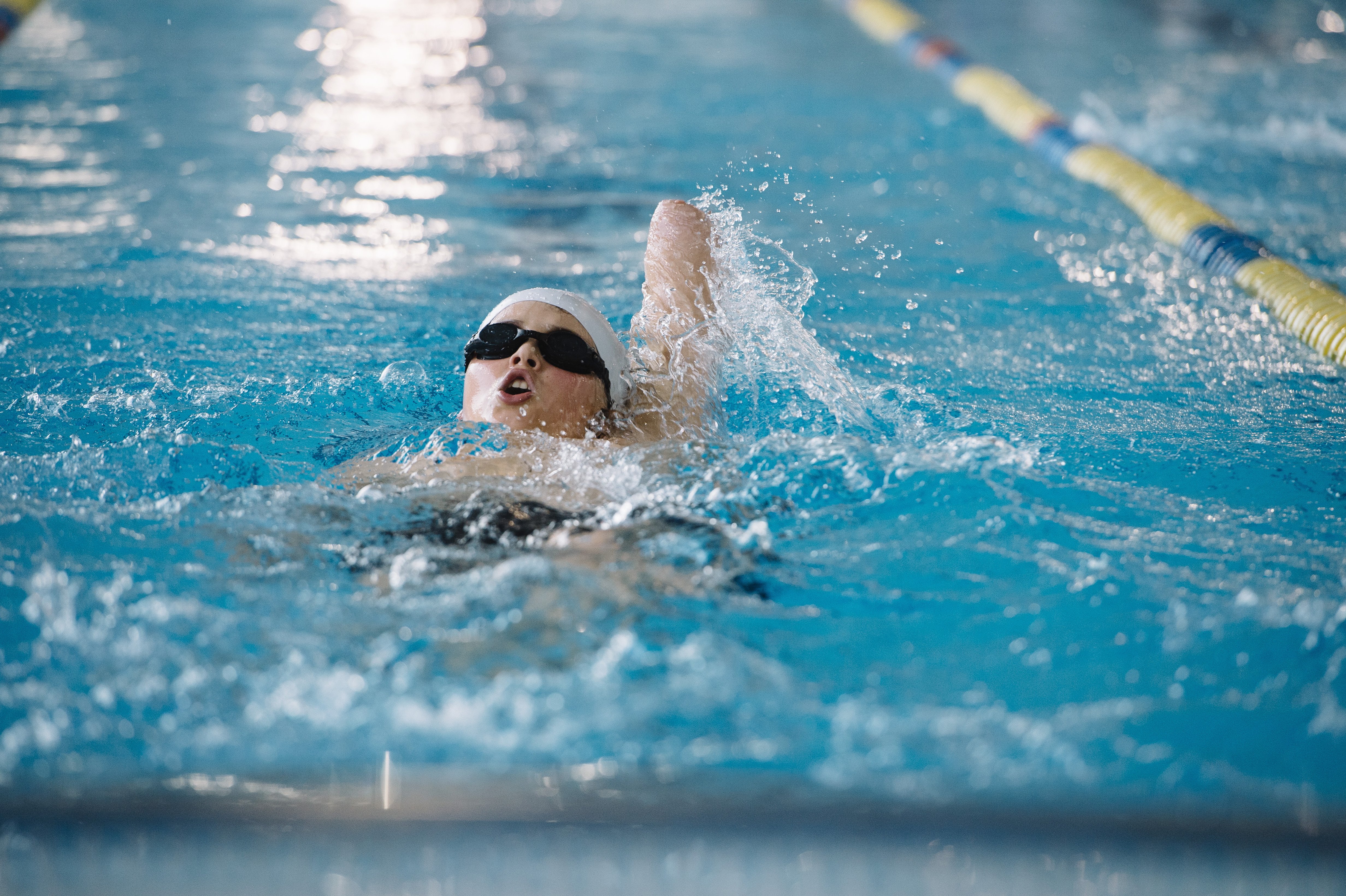Hands play a big role in the functions of our daily lives, communication, and interacting with the world around us. The loss (full or partial) of an arm is a monumental event that will have its challenges—but you don’t have to do it alone.
If you are facing a full or partial arm amputation, the following information will help guide you through issues to consider before and after surgery. Preparing ahead of time will help you know what to expect with rehabilitation, emotional support, prosthetics, and resuming an active lifestyle.
Pre Surgery
For those undergoing an elective amputation, you have the benefit of preparing for your recovery before ever entering the operating room. Use this time to meet with your surgical team and ask to be walked through the procedure. You may want to talk to other amputees about their experience and find a support group to join.
Be sure to consult with a prosthetist ahead of time. It’s okay to be picky. You will work closely together for a year or longer, so make sure they’re a good fit.
Post Surgery, Rehabilitation, and Emotional Support
Despite the research and preparation you do pre-surgery, the changes to your body can be shocking in the early days of recovery.
Following surgery, you will be treated with bandages and compression socks to help heal and shape your residual limb. You will be shown how to care for your limb, wash, dry, and reapply bandages. Expect changes in swelling and shape as you begin rehabilitation.
Rehabilitation will start according to your doctor's instructions. A team consisting of your doctor, occupational and physical therapists, and your prosthetist will work to stretch and strengthen the muscles in your residual limb.
Part of your rehabilitation may include having a counselor assigned to you to help you work through difficult emotions. Remember that you have undergone a major change and it is normal to experience some level of depression. Don’t be ashamed to ask for help. Reach out to support groups and individuals who have experienced limb loss. You don’t have to go through it alone.
Prosthetics
During rehab, you will work closely with your prosthetist to find what fit and function best suits your prosthetic needs. There are options ranging from passive prosthesis (no movement) to state-of-the-art neuroprosthetics (controlled by the brain). You may find you need one prosthesis for daily tasks, and another for specific activities.
Maintain an Active Lifestyle
Getting back into a normal routine after an arm amputation is essential to your overall health and healing. Thanks to advancements in prosthetics, you will find there’s a way to participate in just about any activity. From driving a car to competitive sports, there are solutions to help you stay active and independent.
Undergoing an arm amputation is a major life change and comes with many challenges. Thankfully, there are systems in place for you to overcome obstacles and lead a full life. Preparing yourself ahead of time can help make it a little easier.
Let the experts at BioTech answer your questions and help you prepare for your prosthetic needs. Contact us today for a consultation.

